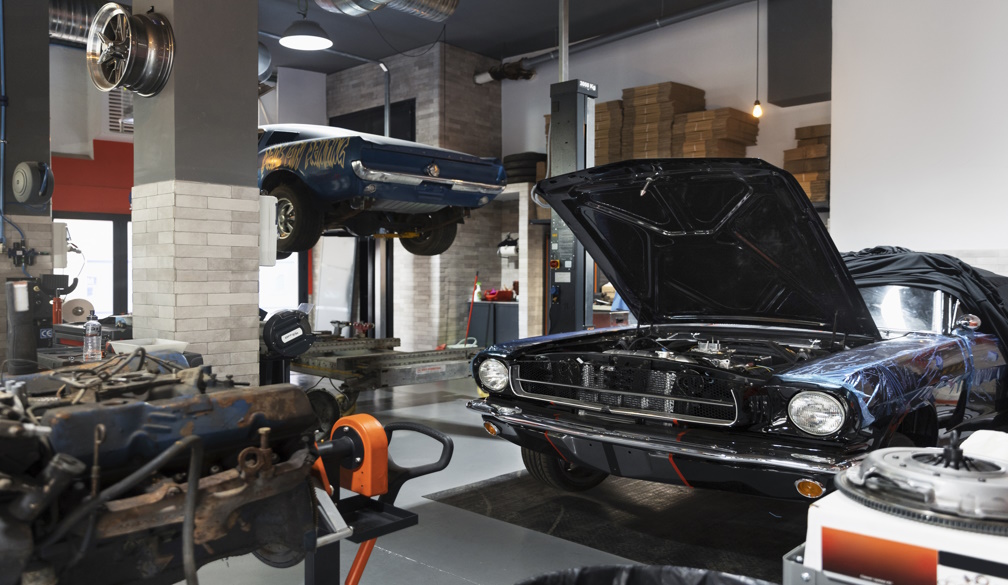As human teams get bigger, they get less efficient. But these ants have found a solution
- Written by Chris R. Reid, ARC Future Fellow, Behavioural Ecology, Macquarie University

Have you ever been part of a large group project? You might assume that with more people involved, the work gets done better and faster.
However, as more team members join the group, the effectiveness of each individual doesn’t increase. It doesn’t even stay constant – it gets worse. Many hands may make light work, but too many cooks spoil the broth.
This paradox is known as the Ringelmann effect, named after French engineer Max Ringelmann who discovered it in the late 19th century. When he measured the force produced by students pulling on a rope, he found that as more students joined the task, the total pulling force increased – but the average effort per individual decreased.
This decline was due to two main factors: the difficulty of coordinating within larger teams, and “social loafing”, the tendency for individuals to reduce effort when they feel less accountable within a group.
But many animal species, from fish schools to lion prides, cooperate successfully in large groups. Could they somehow overcome this decline in efficiency?
If any animal could, it would be ants. In a new study published in Current Biology, we aimed to find out whether weaver ant chains suffered from the Ringelmann effect.
Group work – for ants
Ants are champions of collective action, seamlessly coordinating complex tasks across colonies of millions. And among all ant species, the weaver ants (Oecophylla smaragdina) are a standout example.
Weaver ants craft treetop nests by pulling living leaves together and binding them with larval silk. To do so, they form “pulling chains” – each ant gripping the waist of another with its jaws and pulling in unison. The mechanical advantage of these chains has never been investigated.
We encouraged ants to form chains to pull an artificial paper leaf attached to a force meter which continuously monitored their collective force output. As more ants joined and left the pulling team, we could see how the group’s output changed in real time.
We hypothesised that the force per individual would decrease as chains grew, an idea supported by previous ant research. For instance, fire ants (Solenopsis invicta) are known to link together into sticky, raft-like balls to survive floods. When researchers pulled apart balls of varying size, larger groups showed signs of the Ringelmann effect, displaying less resistance per ant as group size increased.
To our surprise, we found that as more weaver ants joined the pulling team, the total force increased as expected – but so did the force per ant. In other words, individual weaver ants actually became more effective as team size grew.
The weaver ants, it seems, are not only able to avoid the Ringelmann effect – they are “superefficient” in their teamwork.
A division of labour
How do weaver ants achieve superefficiency? Is it just a matter of adding more ants to the mix?
Not necessarily.
Superefficiency seems to depend on how ants arrange themselves. Weaver ants performed best when arranging into a single, long chain rather than several short ones.
We also noticed that the posture of ants differed depending on their position in a chain. Ants at the rear stretched out their hind legs – a posture which helps them passively resist the counter-force of the leaf.
Ants positioned in the middle or front of the chain instead maintained a more crouched posture, typically associated with active pulling. This pattern hinted at a division of labour within chains.
In our study, we propose a mechanism we call the “force ratchet”. The weakest link in pulling chains is not the ants’ connections to each other, but their grip on the ground.
When pulling alone, the maximum pulling force an ant can produce is limited by slipping. But in a chain, rear ants can act as passive resisters, increasing the contact to the ground and preventing slippage.
This allows the front ants to pull harder, storing and transmitting force through the chain itself. This division of labour locks in the force and prevents backsliding.
More is different
While speculative, our model provides a compelling new perspective on how teams might overcome the common pitfall of the Ringelmann effect, at least in the application of physical force.
Future experiments – such as varying the slipperiness of the ground or the leaf weight – will be critical to confirm our force ratchet hypothesis.
Our research has broad implications, especially for the field of autonomous robotics. In swarm robotics, teams of small, inexpensive robots are designed to collaborate to achieve tasks beyond the capabilities of any single group member.
Yet, so far, pulling robot teams have at best achieved linear scaling: doubling the number of robots doubles the force output. This means robots may not be suffering from the Ringelmann effect, but they’re also not “superefficient”.
Programming robots with ant-mimicking strategies – such as the weaver ants’ force ratchet – could improve their performance and allow machines to become more than the sum of their parts.
Our study also challenges the ubiquity of the Ringelmann effect. Sometimes, when it comes to teamwork, more is different. And for some animals at least, more really is better. If weaver ants were cooks, it’s fair to say they might just make the best broth.
Authors: Chris R. Reid, ARC Future Fellow, Behavioural Ecology, Macquarie University



















